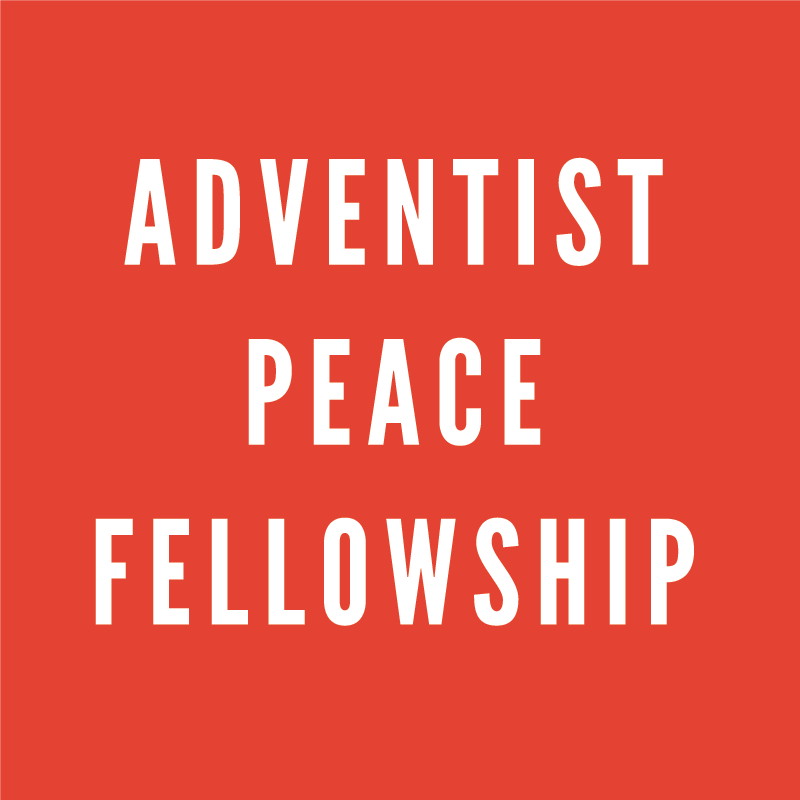TEDNN: "Forgiveness Stronger Than Revenge" (S Vehkavuori)
The following story was written by Sakari Vehkavuori and distributed by the TED News Network on April 1, 2018 (link).
FORGIVENESS STRONGER THAN REVENGE
Something tragic happened in Finland exactly 100 years ago. Despite that, Viktor Ståhlberg, a recently baptised Seventh-day Adventist, didn’t want to see 10 soldiers killed in revenge for his son’s barbaric death.
Finland. Credit: Wikimedia Commons
In 1918, the country was mired in a bloody civil war where Reds, mainly comprised of the working class, and Whites, mostly from the middle and upper classes, were locked in conflict.
My great-uncle, Väinö Ståhlberg, decided to join the White troops on the Gulf of Finland island of Lavansaari (now Moshchny Island and part of Russia).
His father — my great-grandfather Viktor Ståhlberg had become an Adventist believer three years earlier and pleaded with his son to change his mind.
“Please my son, do not take off with your friends to join the army,“ he said quoting the words of Jesus: “For all who draw the sword will die by the sword.“
Sadly, the urge to fight for what they believed in was strong and the boys left their homes under the darkness of the night, some with a horse and sleigh and others on their cross-country skis. They met each other on the ice-covered sea early Easter Sunday morning. Tragically, they were also met there by some Red soldiers who arrested them and took them as prisoners to their headquarters in Hamina. Here they were interrogated on Easter Day, 1 April.
It was later discovered that a housemaid who had fallen in love with Väinö had revealed the boys‘ intentions to a Red sympathizer who has passed this information along. It was later said that during his captivity, Väinö regretted his disobedience to his father and asked for God’s forgiveness.
Viktor Ståhlberg
Later that night the boys were put on a horse-pulled sleigh with two armed Red soldiers and taken out onto a frozen sea. Some other soldiers had already cut a hole in the ice and ordered the boys to form a line in front of it. Väinö resisted that command and was shot dead by a Red soldier. After that three more young people were killed, while two others made a run for it and were shot. One pretended he was dead and was left alone while the soldiers ran to shoot the other escapee. Taking his chance, he was able to run away and tell others what had happened.
The Reds threw the bodies of the killed young men into the hole in the ice. It is said that Väinö’s dog followed his master’s steps and for many nights the dog came to howl by the hole, until one night it dived in after his master and did not return.
Later the Whites re-conquered Hamina city and started to execute revenge on the Reds. One day Viktor Ståhlberg heard that ten Red prisoners had been brought to a hill in order to kill them there as revenge for his son’s murder. He took his Bible and hurried to the site. There he started preaching the Gospel, and he said: “Now this slaughtering is enough; you cannot kill any Reds for my son’s lost life, not one“. Thus, the lives of the prisoners were saved.
The love of Christ had softened his heart and he wanted to honour one of the Ten Commandments, "Thou shalt not kill" [Exodus 20:13]. The cycle of revenge was broken. The love of God in his heart provoked forgiveness and save the lives of the Red prisoners.
Among the ten Reds that were to be killed for the taking of Väinö’s life were the two sons of a local blacksmith. When his sons were saved, out of thankfulness to God, he started reading the Bible, became a Christian, and joined the local Adventist church. Since that time, a total of nine members of Viktor’s family, including me, have served as pastors in the Seventh-day Adventist Church. Prominent among them was Väinö's brother, Toivo Seljavaara, who became a public evangelist and during his lifetime baptised over 1,500 people. [tedNEWS]
Editors note. Uutiset, a Finnish newspaper, also pubished this story as part of the 100 years anniversary, headlining it as 'The miricle of war'. TED source.


